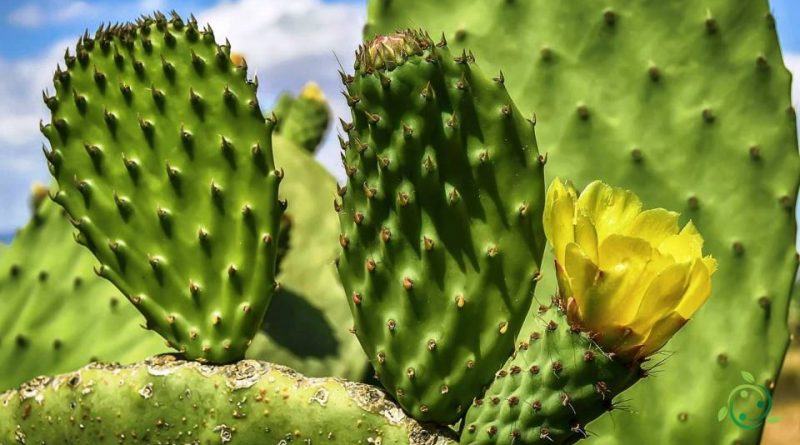Cladodium
Cladodium
With the term cladodium, in botany, we mean a branch that has taken on synthetic photo capabilities and which, in its metamorphosis, resembles and has the functions of a leaf.
The cladodium can have a cauline form (asparagus), or be flattened (prickly pear), or have a leaf-like appearance (butcher’s broom), taking the name of phyllocladium.
The cladodes, therefore, carry out chlorophyll photosynthesis in plants that reduce the leaf apparatus.
The presence of cladodes has been identified in fossils dating back to the Permian.
Recent ontogenetic studies have shown that cladodes could be intermediate structures between leaves and branches.
This hypothesis was confirmed by molecular genetic investigations. In this sense, the cladodes of the Ruscus aculeatus species “are not homologous to either the shoot or the leaf, but have a double organ identity”.

